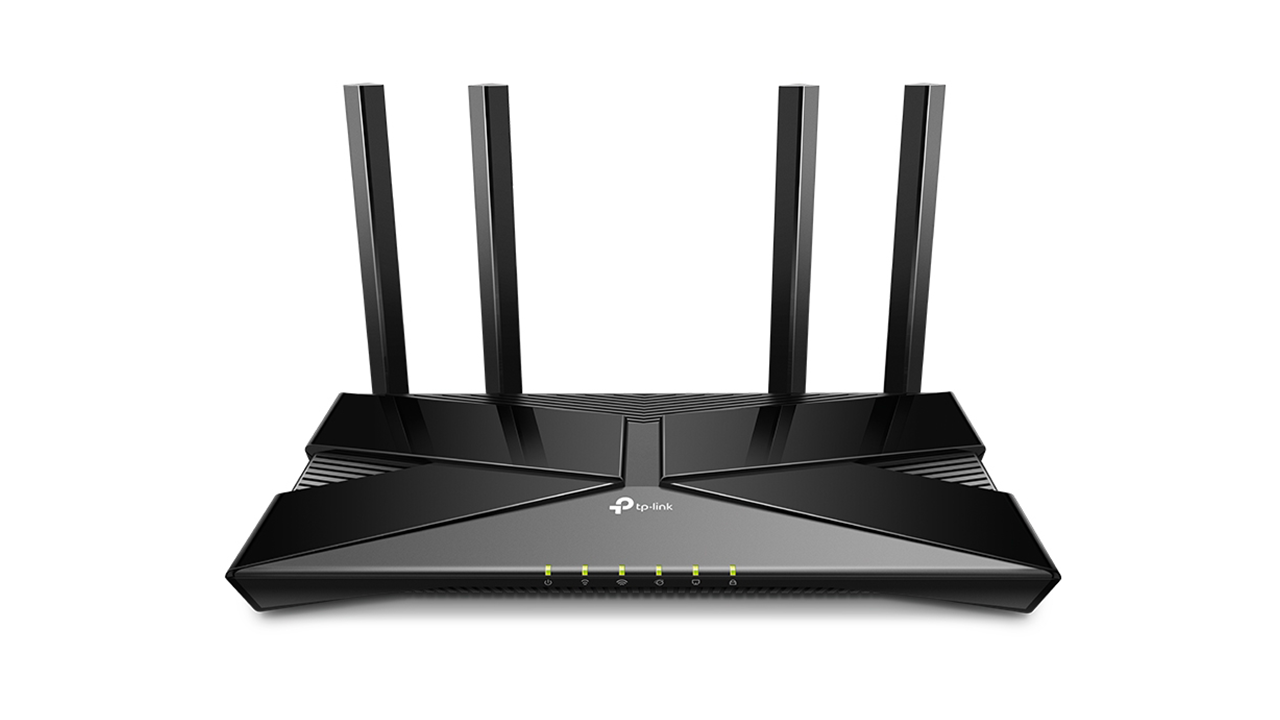Solving TP-Link Router Overheating Problems: Step by Step – With summer quickly approaching and temperatures rising, now is an excellent time to thoroughly clean and inspect all of your electronic devices. Why? because the main adversary of electronics is heating. Internal components may be harmed by temperatures above a specific point, which could lead to the untimely demise of your device. The standard router is an essential but frequently disregarded part of the home network. It is that one piece of equipment that serves as the gatekeeper for all of the data entering and leaving your house. There’s a significant probability that you recently experienced something similar, and you came upon this page by searching for solutions on Google. Of course, if you try these suggestions and they don’t help, it may be time to upgrade to a new router. But before that let’s discuss Solving TP-Link Router Overheating Problems: Step by Step.
The best approach to clean a router is to use a can of compressed air to blow out its vents. Compressed air can be purchased online, in any office supply or electronics store, or over the counter. To begin with, disconnect it from the wall and all of the cords that are attached to it. For the air vents on your router, look. Usually, your router’s sides, bottom, or back are where you’ll find these. Ensure the router is turned off. Keeping the can upright, aim squarely at the vents from a distance of about an inch, and then spray them briefly and quickly.
That ought should remove all the debris and dust obstructing the airflow of the router. Your router should then be ready for use after a little cleanup with a tiny handheld vacuum and a quick wipe-down. Once a month is the suggested frequency for cleaning your router, but you should also frequently check the vents for dust accumulation. Clean them as thoroughly as necessary. This was an easy fix to keep your TP-Link Router away from overheating. However, if your Router is facing overheating problems frequently, then read keep reading our blog “Solving TP-Link Router Overheating Problems: Step by Step” further.
How to Solve TP-Link Router Overheating Problem
One of the most frequent issues in the summer, when temperatures are higher and add to the heat that electronic devices produce, is an overheating WiFi router. Temperatures can quickly rise above a device’s recommended maximum temperature, even though router makers have built their technology to perform effectively and tolerate up to 40 degrees Celsius. In the same way that computers crash when they get too hot, so does your router. Consider attempting a heat-related solution if, after unplugging, it feels warm. If your router has vents, make sure they aren’t blocked, just like you would with your PC. Consider using compressed air to blow out any remaining dust from your network. If your router has vents, make sure they aren’t blocked. Now let’s discuss some of the easy steps that could help you solve your TP-Link Router Overheating Problems.
Step 1: When facing the back panel, turn each of the three antennae anticlockwise to begin removing them.
Step 2: Gently peel the top two screw covers out of the router’s case using your flathead screwdriver or plastic opening tool.
Step 3: The screw must be removed from the assembly by turning it anticlockwise with your screwdriver.
Repeat the process with the second screw.
Step 4:Pull the case’s top gently away from the router’s sides and bottom.
Remove and set aside the top after it has been released.
Step 5: Rotate the screwdriver anticlockwise to eliminate the two screws.
Step 6: Lift the white LED cover up and away from the circuit board once the screws have been removed.
Step 7: Next, bend the clasp that is keeping the middle antenna wire in place.
The cable needs to be gently unhooked and moved out of the way.
Step 8: Disconnect the circuit board from the bottom assembly once the wire is out of the way.
Be careful when lifting the circuit board to avoid pinching or bending the antenna wire.
Step 9: If the vents have any dust on them, clean them to guarantee proper ventilation.
Important Note: Follow these directions in reverse order to rebuild your gadget.
In Conclusion
The bottom line is that it may be inconvenient to face frequent TP-Link Router Overheating Problems. In most cases, these short remedies should take care of the root of your overheating problems and aid in their future prevention. After attempting these approaches, if you’re still having difficulties with your TP-Link Router Overheating Problems, you can always rely on our company’s Tech support for any technical support. Even, if our article on Solving TP-Link Router Overheating Problems: Step by Step was helpful but you still need assistance with a different technical problem, contact us at support@techsupportexpert.com or 800-742-9005.





